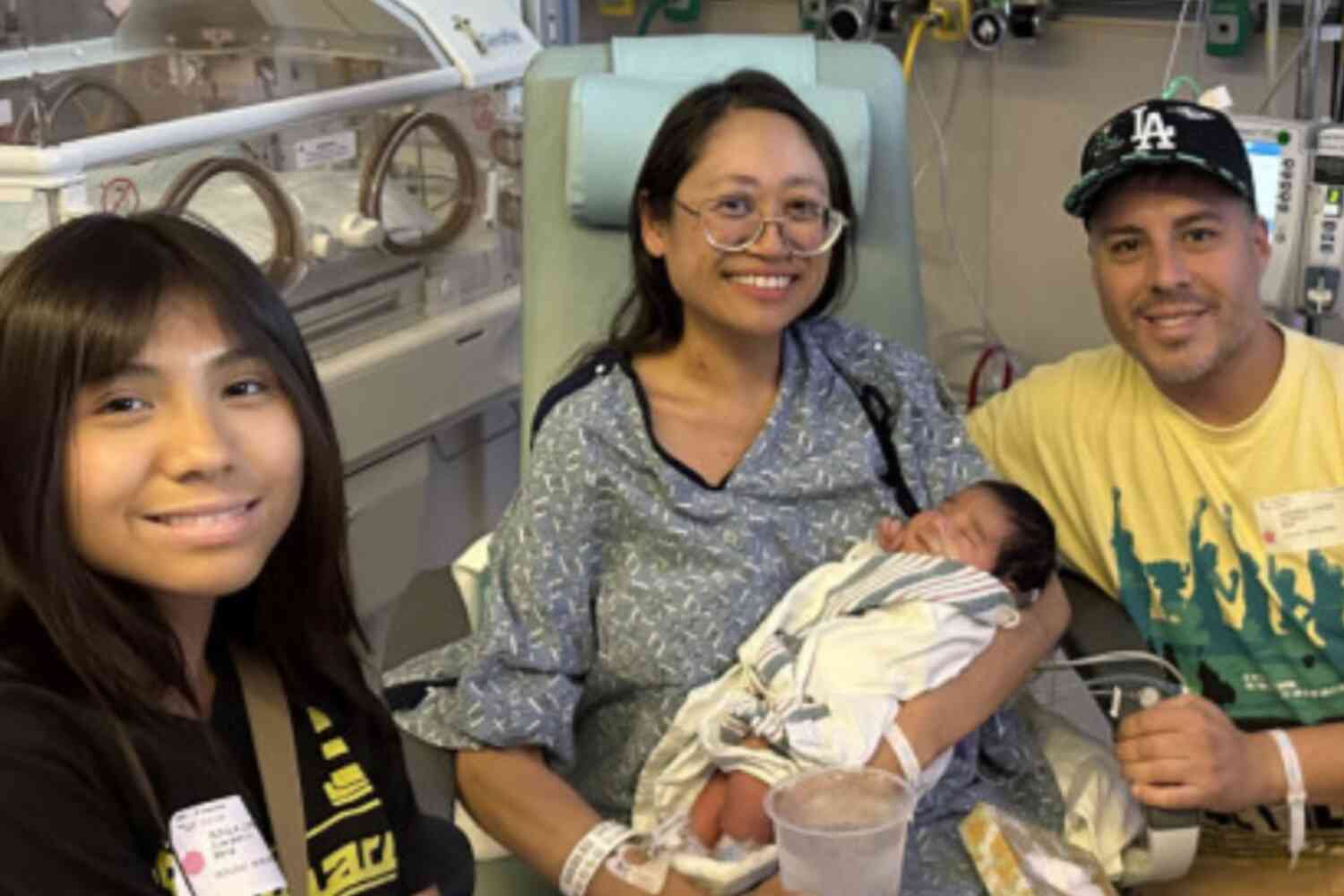I'm sure he was very polite about it.
Let's not make too big a deal out of it. These are just scientists displaying the kind of professional courtesy/collusion that the field is known for.
After all, it's not like even CNN has to admit this is a story.
Really, nothing to see here.
Okay, maybe a little to see here.
Bloom went looking for genome sequences from early samples of the virus in Wuhan. He dug through the NIH database and found something — only to discover the data curiously missing when he tried to download it. That's not necessarily NIH's fault, he made clear in a Twitter thread last night. Sometimes the people who provided the data will email the agency and request deletion for whatever reason.
Exactly. Maybe he was embarrassed over spelling errors, or perhaps he decided the font was all wrong. He just wanted it deleted for whatever reason.
However, the Internet is forever, as they like to say.
Undaunted, Bloom went looking online to see if he could recover the missing data in an archive somewhere. And he did, finding data for 34 samples from Google Cloud that allowed him to partially reconstruct the genomes of the virus from those samples.
Did he find silly spelling errors and ghastly font choices?

And when he did, what he found surprised him. Normally, says Bloom, we'd expect the earliest samples of SARS-CoV-2 to most closely resemble whichever bat virus it originated from. As the virus spreads among the human population it'll inevitably mutate little by little, making it less like the "progenitor" virus that infected patient zero. If the virus really did come from the Huanan Seafood Market in Wuhan then we should expect that samples taken from the market to be the most bat-like and then, as people became infected around town, the samples taken from them to look progressively less bat-like.
Is that what they found?

That's not what the samples show, says Bloom.
The author doing this work, Jesse Bloom, notes there are explanations, however unlikely, for how that could have happened that do not support the lab leak theory; however, what he cannot fathom is any scientific explanation for why the data was deleted.
The fact that such an informative data set was deleted has implications beyond those gleaned directly from the recovered sequences. Samples from early outpatients in Wuhan are a gold mine for anyone seeking to understand spread of the virus.... There is no plausible scientific reason for the deletion: the sequences are perfectly concordant with the samples described in Wang et al. (2020a,b), there are no corrections to the paper, the paper states human subjects approval was obtained, and the sequencing shows no evidence of plasmid or sample-to-sample contamination. It therefore seems likely the sequences were deleted to obscure their existence. Particularly in light of the directive that labs destroy early samples (Pingui 2020) and multiple orders requiring approval of publications on COVID-19 (China CDC 2020; Kang et al. 2020a), this suggests a less than wholehearted effort to trace early spread of the epidemic.
So, why did the NIH delete them again?
They were asked to.
"Submitting investigators hold the rights to their data and can request withdrawal of the data."
Modern science is totally dependent on the freedom of researchers to delete data inconvenient to their government's national interests.
Everyone knows that.

To recap, the NIH – in the middle of a global pandemic unleashed on the world by a foreign power – decided to follow bureaucratic protocol and agree to a request from a representative of that foreign power to delete data essential to understanding the virus and its origins.
I'm sure the NIH had nothing but the best of intentions. As they stated just last month, suggesting anything to the contrary is "misinformation."
However, neither NIH nor NIAID have ever approved any grant that would have supported "gain-of-function" research on coronaviruses that would have increased their transmissibility or lethality for humans.
Nothing to see here, so please stop reading right now.
We have a responsibility to ensure that research with infectious agents is conducted responsibly, and that we consider the potential biosafety and biosecurity risks associated with such research. I am confident that the thoughtful review process laid out by the HHS P3CO Framework will help to facilitate the safe, secure, and responsible conduct of this type of research in a manner that maximizes the benefits to public health.










